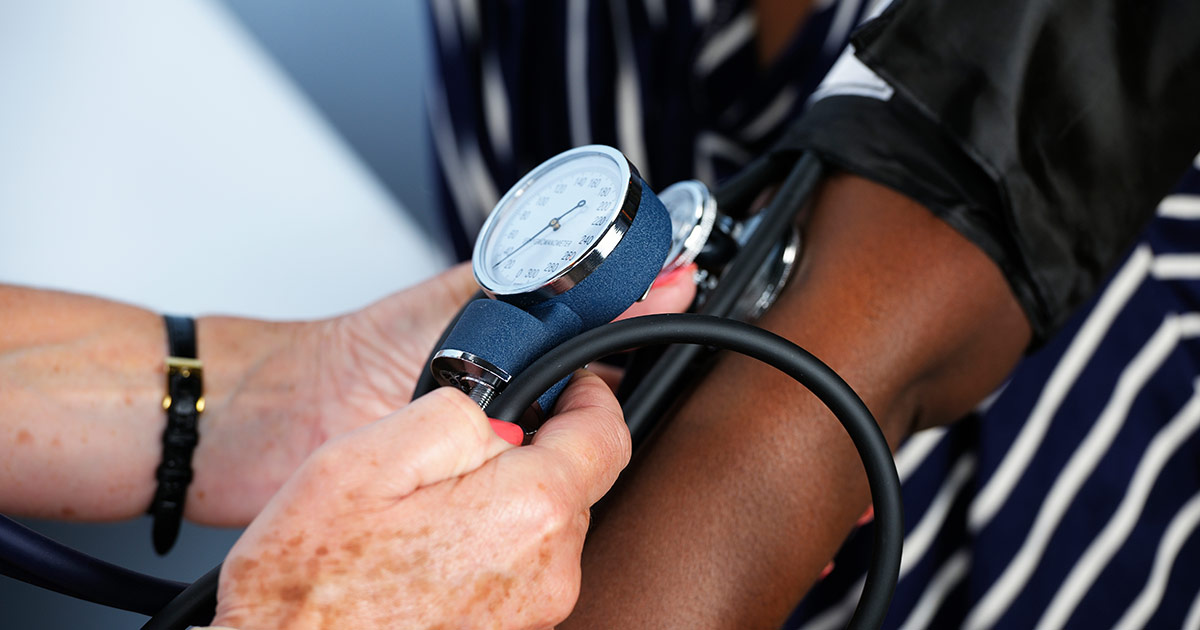How To Spot Cushing's Syndrome
Glucose Intolerance
Having Cushing's syndrome may eventually lead to pre-diabetes, or even full-blown diabetes, if not addressed promptly. This is because of the elevation of blood glucose that comes with having excess cortisol. As previously mentioned, the excess levels of cortisol can cause the individual to seek out sugary foods. It is a well-known fact there is a strong link between type II diabetes and eating too many sweets. The reason cortisol is produced when the body is under stress is to help prepare it for the flight-or-fight response. It releases large amounts of glucose, which acts as the energy needed to respond to the situation. When daily stresses such as work and relationships cause the increase in glucose, it does not get burned off. This leads to a build up in the body, which eventually leads to glucose intolerance.
It's time to learn about the next symptom of Cushing's syndrome.
High Blood Pressure

Cortisol plays many important roles in the body, one of which is to help regulate blood pressure. When cortisol is present in excessive levels, it can have a negative impact on cardiovascular health. One of the dangers of untreated Cushing's syndrome is developing dangerously high blood pressure, also known as hypertension. Having high blood pressure is one of the most common side effects with Cushing's syndrome, and happens to roughly eighty percent of adults who develop it. Many patients who actually have Cushing's syndrome are misdiagnosed with hypertension initially. Anyone who suspects this may have happened to them should request their doctor test their blood, saliva, and urine for excessive levels of cortisol.
Reveal yet another way of spotting Cushing's syndrome now.
